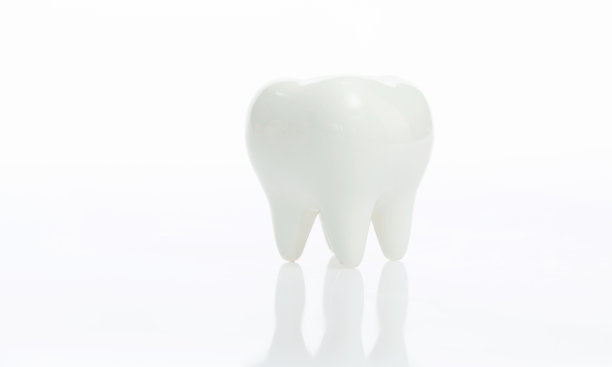Essential Guidelines to Ensure Optimal Care and Precautions for Your Dental Filling Procedure and Aftercare
Summary: Dental fillings are a common dental procedure aimed at restoring teeth affected by decay or damage. Ensuring optimal care before, during, and after the filling procedure is essential for both immediate relief and long-term dental health. This article outlines crucial guidelines and precautions spanning pre-procedure preparation, the filling process itself, aftercare practices, and long-term maintenance to ensure a successful outcome. By following these guidelines, patients can enjoy a smoother experience, mitigate discomfort, and promote the longevity of their dental fillings.
1. Pre-Procedure Preparation Tips

Before undergoing a dental filling procedure, appropriate preparation is vital. Start by scheduling a thorough dental examination, which will allow your dentist to assess the extent of decay or damage. This assessment can help tailor the treatment plan to your specific needs and ensure you are psychologically prepared for what is to come.
Additionally, it鈥檚 crucial to communicate openly with your dentist about any allergies, existing medical conditions, or medications you鈥檙e taking. This information can influence the type of anesthesia and filling materials that will be employed, leading to a safer and more personalized treatment experience.
Lastly, consider arranging transportation for your visit, especially if you are receiving sedation. Post-procedure grogginess can impede your ability to drive safely, so having a responsible adult to help can ease your worries and allow you to focus on your recovery.
2. Understanding the Filling Process
The dental filling process generally begins with the administration of local anesthesia. This step is essential for minimizing pain during the procedure. Patients can expect to feel some pressure but little to no discomfort, thanks to the effectiveness of modern anesthetics. Knowing that this process is designed for your comfort can help reduce anxiety.
Once the anesthesia takes effect, the dentist will proceed to clean out the decayed area of your tooth using specialized dental instruments. This step is crucial as it removes all compromised tissue, ensuring the filling bonds effectively and minimizing the likelihood of future decay.
After the cavity has been prepared, the filling material will be applied to restore the tooth. There are various types of materials available, including composite resins, amalgam, and glass ionomer. Your dentist will select the most appropriate option based on your dental situation and personal preferences. Knowing the filling material can help you understand its properties, lifespan, and maintenance requirements.
3. Essential Aftercare Practices
After your dental filling, post-procedure care is instrumental in ensuring a fast recovery and preventing any complications. Initially, you may experience lingering numbness from the anesthesia, so it鈥檚 important to avoid eating or drinking until the sensation returns to avoid biting your tongue or cheek.
After the anesthesia wears off, sensitivity in the treated tooth may occur. To manage this discomfort, over-the-counter pain relievers are often sufficient. However, if the sensitivity persists beyond a few days, a follow-up appointment with your dentist is advisable to evaluate the filling and overall tooth health.
Maintaining excellent oral hygiene following a filling is paramount. Brush twice a day using fluoride toothpaste and floss daily to prevent plaque buildup around the newly filled area. Regularly scheduled dental check-ups and professional cleanings are also crucial for long-term success and early detection of any issues that may arise.
4. Long-Term Maintenance Routine
To prolong the life of your dental fillings and promote overall dental health, adopting a long-term maintenance routine is essential. This routine should include consistent oral hygiene and regular visits to your dentist for exams and cleanings, typically every six months, depending on your individual needs.
Furthermore, it鈥檚 wise to limit your intake of sugary and acidic foods, as these can accelerate decay and diminish the lifespan of your fillings. Incorporating a balanced diet rich in calcium and vitamins can support tooth health as well.
Lastly, if you notice any signs of unusual sensitivity, discomfort, or changes in your filling, don鈥檛 hesitate to reach out to your dentist. Prompt attention can often mean the difference between a simple fix and more extensive treatment down the line.
Summary:
The optimal care and precautions for your dental filling procedure are critical to achieving a successful outcome. From thorough pre-procedure preparation to understanding the filling process, followed by diligent aftercare and long-term maintenance, every step is interconnected and contributes to your overall dental health. By adhering to these guidelines, you can minimize discomfort and enhance the effectiveness of your dental fillings, ensuring they serve you well for years.
This article is compiled by Vickong Dental and the content is for reference only.


